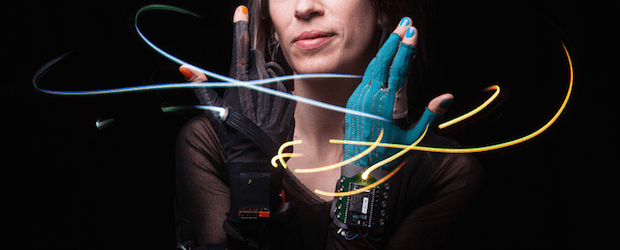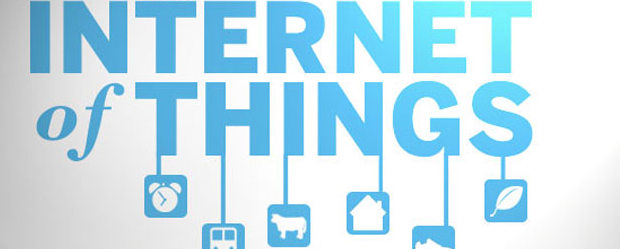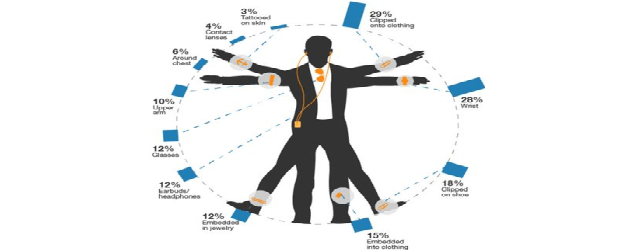Wearable technology and Internet of Things devices may soon no longer depend on batteries, but will likely draw power from ambient light or the users body hear and movement.
The technology to enable this is still developing but research into energy-efficient wearables is almost at a point where it will soon be “convenient” to replace batteries with other power sources, according to Yogesh Ramadaas, lead designer at United States-based electronics conglomerate Texas Instruments.
Speaking at the Hot Chips conference in Las Vegas on Sunday, Ramadaas said energy drawn from body heat, movement or sunlight will be used from devices that collect and transmit data such as medical implants, monitoring sensors and disposable patches. The method is not ideal for devices like smartwatches and other devices equipped with displays and software that draw larger amounts of power.
In 2013, Texas Instruments actually demonstrated at the Applied Power Electronic Conference in a wearable thermoelectric band that draws its power from body as well as wireless sensor nodes powered by ambient light, as seen from this video clip from EngineeringTV.com.
For more than a decade now many watches and calculators have been drawing energy from sunlight.
Ramadaas said these same energy sources can make it possible for devices to transmit data wirelessly. The average power generated by indoor lighting is around a few tens of microwatts and sunlight generates milliwatts of power. He said medical sensors can use thermoelectric generate anywhere from 30 to 40 microwatts of power from body heat when the cells are deployed in a series. That’s roughly the same amount of power generated by solar cells, Ramadaas said in an interview with online publication TechWorld.com.
At present, the design of data gathering instruments depends of the size of batteries, but Massimo Alioto, associate professor of the National University of Singapore, said that the ability to harvest power from the body or sunlight will allow manufacturers to build smaller IoT devices.





